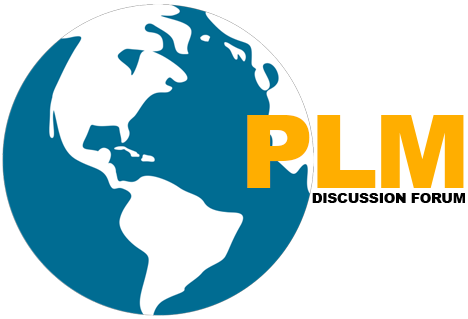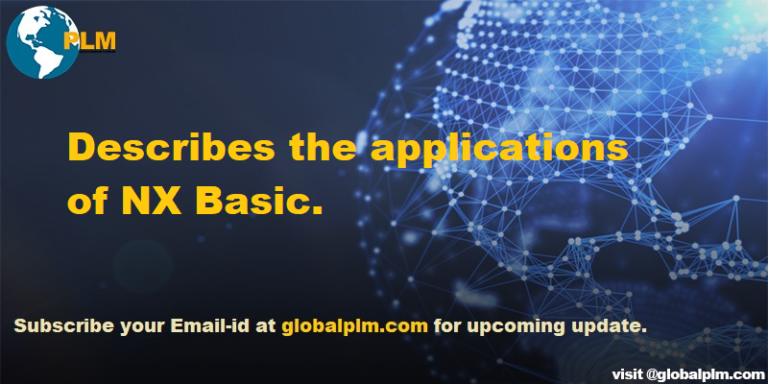Solid Modeling:
The Solid Modeling environment is a parametric and feature-based environment.
- It provides the ability to create solid models.
- The primary requirement for creating solid models in this environment is a sketch.
- The user can draw the sketch in the Modeling environment with available tools present in the Direct Sketch group.
- The sketch needs to be drawn in the Sketch environment.
- The Sketch environment invoked by choosing the Sketch tool from the Direct Sketch group of the Home tab.
Or by choosing the Sketch in Task Environment tool from the Curve tab.
While creating a sketch, various applicable geometric constraints and dimensions are automatically applied.
Additional constraints (Geometric and dimensional) can also be applied manually.
After drawing the sketch, users need to convert the sketch into a feature for creating solid data.
The tools to convert a sketch into a feature are available in the Modeling environment.
The user has the ability to create features such as fillets, chamfers, taper, and so on by using other tools available in this environment.
These features are called the placed features. You can also assign materials to the model in the Modeling environment.
Shape Studio Environment:
The Shape Studio environment is also a parametric and feature-based environment in which you can create surface models. The tools in this environment are similar to those in the Modeling environment. The only difference is that the tools in this environment are used to create basic and advanced surfaces. You are also provided with the surface editing tools, which are used to manipulate the surfaces to obtain the required shape. This environment is useful for conceptual and industrial design.
Assembly Environment:
The Assembly environment is used to assemble the components using the assembly constraints available in this environment. There are two types of assembly design approaches in NX, Bottom-up and Top-down.
In the bottom-up approach of the assembly, the previously created components are assembled together to maintain their design intent. In the top-down approach, components are created in the Assembly environment.
In the Assembly environment, you can also assemble an existing assembly with the current assembly. The perform analysis provides the facility to check the interference and clearance between the components in an assembly.
Drafting Environment:
The Drafting environment is used for the documentation of the parts or assemblies created earlier in the form of drawing views and their detailing. There are two types of drafting techniques, generative drafting and interactive drafting.
The generative drafting technique is used to automatically generate the drawing views of the parts and assemblies. The parametric dimensions added to the component in the Modeling environment during its creation can also be generated and displayed automatically in the drawing views. Generative drafting is bi-directionally associative in nature. If you modify the dimensions in the Drafting environment, the model will automatically update in the Modeling environment and vice-versa. You can also generate the Bill of Material (BOM) and balloons in the drawing views.
In interactive drafting, you need to create the drawing views by sketching them using the normal sketching tools and then adding the dimensions.
Sheet Metal Environment:
The Sheet Metal environment is used for designing the sheet metal components. Generally, the sheet metal components are created to generate the flat pattern of a sheet, study the design of the dies and punches, study the process plan for designing, and the tools needed for manufacturing the sheet metal components.
We will more post on CAD Tool–>Siemens NX in upcoming days.
Kindly provide your valuable comment on below Comment section and also have you any question kindly ask to a ASK QUESTION in FORUM . Our Team will try to provide the best workaround.
Kindly subscribe your Email-Id at (http://globalplm.com/) and drop any suggestion/queries to (globalplm2@gmail.com).



